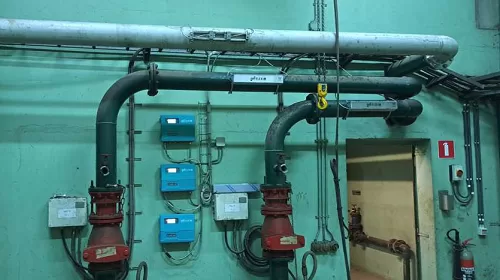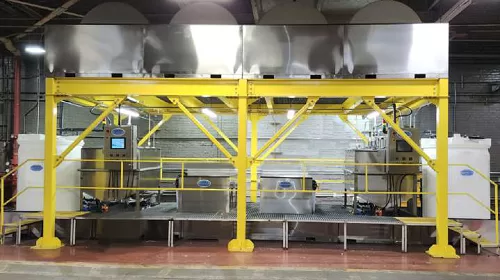By S K Juneja Ex Scientist D and Head of Office Central
Location of Area Cold deserts of the western Himalayas are unique ecosystems covering 80,000 sq kms of which major part falls in Ladakh region. Ladakh region is one of the inhabited plateaus in the world ranging in altitude from 2100 m to more than 5000 m amsl. Temperature goes as low as -50 0C and Drass is the second coldest inhabited place in the world. Siachen glacier, largest outside the Polar region, is an inhospitable terrain which provides subhuman conditions. Lack of oxygen, frost bites, problems in logistic and non availability of drinking water is because of freezing makes living worse.
Need for Exploration There is acute scarcity of water during winters due to freezing of water as well as scarcity again after melting of snow as sources dries up. Highly turbid surface water during summer season is unsuitable for drinking and providing perennial water supplies to troops is the biggest challenge. As water hauling from far off places is difficult & uneconomical and to augment perennial water supplies to troops alternate source of water was required. This necessitated the need to explore ground water, its occurrences, distribution and assessment for planned development in scientific manner.
Type of Formations There are mainly two types of formations found at high altitudes of Himalaya 8 Morainic Deposits consisting of boulders, cobbles, pebbles, mixed with sand/clay. 8 Hard Rocks These may be Igneous, Sedimentary or Metamorphic
. Ground Water Exploration in Ladakh Central Ground Water Board, Ministry of Water Resources carried out Ground water exploration in this area in collaboration with Army from August to October 2005. In these areas drilling for ground water is done by Percussion drilling also known as Cable Tool drilling and DTH Rig (Down The Hole) with ODEX attachment. CGWB carried out exploration with DTH Rig (Down The Hole) with ODEX attachment. The salient features of the exploratory wells of some of the wells are as under.
Hazards in High Altitude Exploration of Ground Water The problems faced during ground water exploration were unique and different from the problems faced in other areas. Some of the main problems faced
1. Formation Problem
Morainic Deposits consisting of boulders, cobbles, pebbles, mixed with sand/clay. During drilling process the sand/silt/clay is removed due to air pressure of compressor with the result that boulders, which becomes free due to removal of fine particles, strikes the casing pipes causing there by bend/dents result due to which some times it is very difficult to retrieve the bit after the drilling. Hard Rocks: These may be Igneous, Sedimentary or Metamorphic Due to the tectonic activity , the formations are highly sheared & DTH drilling with ODEX attachment is must in such formation till the hard compact & massive formation is encountered.
2. Problems
Faced by Drilling Crew Some of the problems faced by drilling crew are given below: 8 Sever Chilled conditions hampers the efficiency of man as well as machines due to low oxygen content. 8 Respiratory Problems-Man feels tiresome early. 8 Freezing of Diesel affects the work badly due to late staring of machines 8 Working hours are less 8 Sun Rays cause skin burns due to which colour of face gradually turns black 8 Due low Oxygen content nostril problems are also common. 8 Persons working must take care of snow bite which is frequent problem in such areas. Skin also get dried & needs Vaseline / cold creams treatment. 8 Due to remote areas even any minor break down in the machinery needs at least one week as for repairs/spares one has to come to Srinagar or Jammu 8 During pumping test it is not possible to take one minutes readings as it takes longer time to get the measuring tape dry. Electric sounder was tried at Kumathang site in Kargil district but due to chilled conditions the electric wire got harden and ultimately broke down.
Conclusions
Utmost care is required in the drilling operations. Persons engaged in drilling operations must take care of themselves in facing problems of low oxygen & frost bite.





